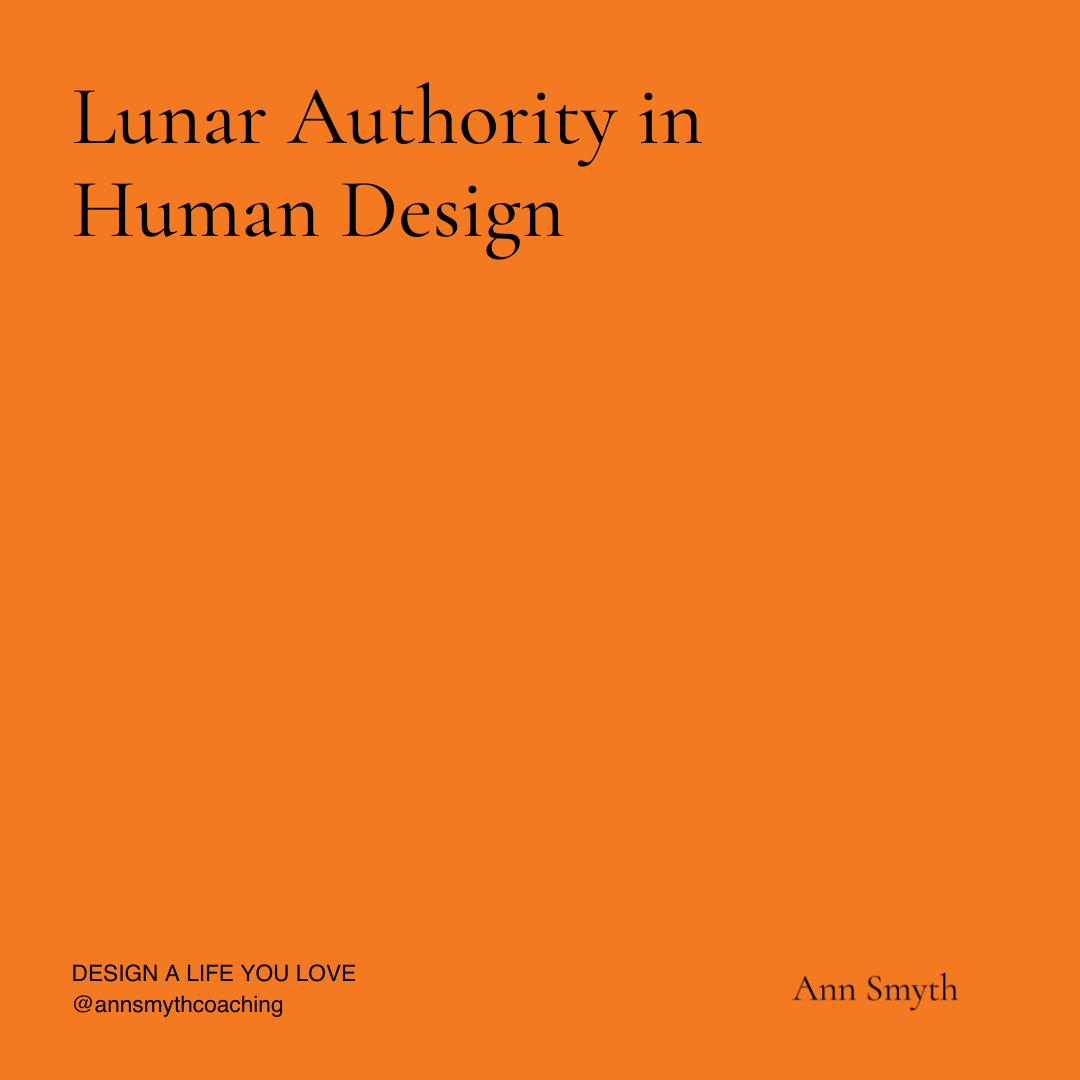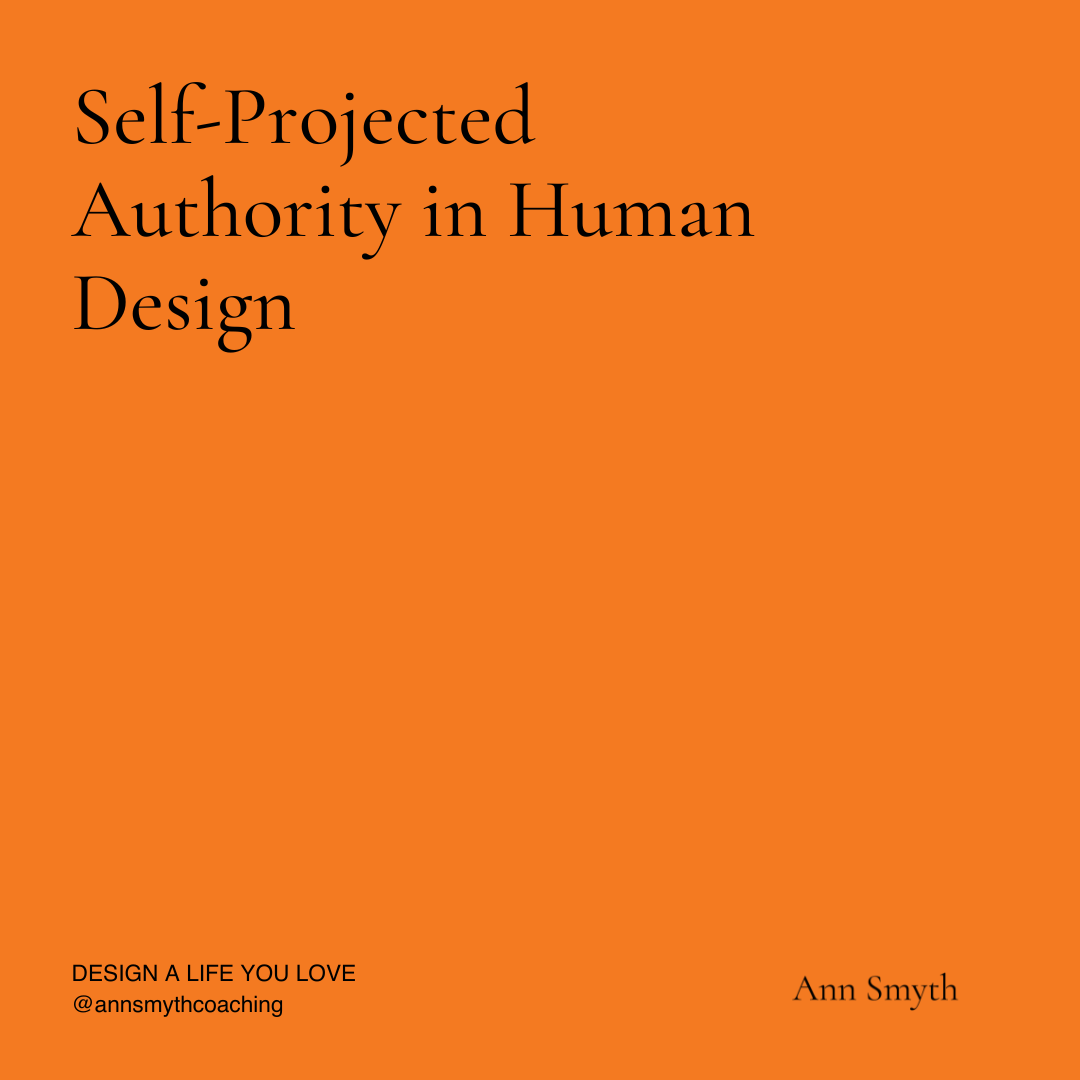10 Ways to Balance Work and Life Using Human Design
“Prioritise your peace. You may have to lose your balance for a while to gain a lifetime of stability.”
Finding a balance between work and personal life is a universal challenge that many people face. Human Design, a fascinating system that integrates elements of astrology, the I Ching, Kabbalah, and the Chakras, offers unique insights into our natural tendencies and energies. By understanding our Human Design type, we can implement strategies to create a more harmonious and balanced life. Here are ten strategies to help you achieve work-life balance using Human Design.
1. Understand Your Type: Human Design categorises people into five types: Manifestors, Generators, Manifesting Generators, Projectors, and Reflectors. Each type has distinct characteristics and energy patterns. Understanding your type is the first step toward balancing work and life. For instance, Generators have a sustainable energy flow and thrive when doing what they love, while Projectors need to manage their energy carefully and avoid overworking.
2. Follow Your Strategy: Each Human Design type has a specific strategy for making decisions. Manifestors should inform others before taking action, Generators should respond to life's cues, Manifesting Generators should wait to respond and then inform, Projectors should wait for invitations, and Reflectors should wait a lunar cycle before making decisions. Following your strategy helps you make aligned choices, reducing stress and promoting balance.
3. Honour Your Inner Authority: Your Inner Authority is your unique decision-making process. Whether it's Emotional, Sacral, Splenic, or another authority, honouring it ensures you make decisions that align with your true self. For example, Emotional Authorities should avoid making decisions in the heat of the moment, while Splenic Authorities should trust their intuitive hits. This alignment reduces internal conflict and supports a balanced life.
4. Recognise Your Not-Self Theme: Each Human Design type has a "Not-Self" theme that signals misalignment. Manifestors experience anger, Generators and Manifesting Generators feel frustration, Projectors face bitterness, and Reflectors encounter disappointment. Recognising these themes can help you identify when you're out of balance and need to reassess your activities and environment.
5. Create a Supportive Environment: Your environment plays a crucial role in your well-being. Human Design can guide you in creating a space that supports your type. For instance, Generators might need a stimulating environment that keeps them engaged, while Reflectors benefit from environments that allow them to reflect and adapt. Tailoring your environment to your needs promotes harmony and balance.
6. Set Boundaries: Understanding your Human Design type helps you set appropriate boundaries. Manifestors, who often act independently, need to set clear boundaries to protect their energy. Generators and Manifesting Generators should avoid overcommitting and learn to say no. Projectors and Manifestors must set boundaries to ensure they receive adequate rest, and Reflectors need boundaries that allow them to maintain their sensitivity.
7. Embrace Your Unique Pace: Each type has a different natural rhythm. Generators and Manifesting Generators have consistent energy but need to follow their responses. Manifestors move in bursts and need downtime. Projectors thrive with periods of rest between activities, and Reflectors benefit from going with the flow of their environment. Embracing your unique pace prevents burnout and promotes sustained productivity.
8. Delegate and Collaborate: Human Design can help you identify areas where you might benefit from delegating or collaborating. Projectors, for example, excel at guiding others and should delegate tasks that drain their energy. Generators and Manifesting Generators can collaborate with others to bring ideas to fruition. Manifestors can delegate execution tasks to focus on initiating projects, while Reflectors can collaborate to gain different perspectives.
9. Practice Self-Care: Self-care is essential for maintaining balance. Tailor your self-care practices to your Human Design type. Generators might enjoy physical activities that keep their energy flowing, while Projectors need quiet time to recharge. Manifestors should incorporate activities that allow them to express their creativity, and Reflectors should engage in practices that help them connect with their surroundings.
10. Reflect and Adjust: Regular reflection and adjustment are key to maintaining balance. Use your Human Design chart to assess what is and isn't working in your life. Reflectors, in particular, benefit from taking time each month to review their experiences. Generators and Manifesting Generators should evaluate how they feel about their commitments, while Projectors need to assess if they are receiving the recognition they deserve. Manifestors should consider if their actions are aligned with their true intentions.
Integrating these Human Design strategies into your daily life can create a more balanced and fulfilling experience of your life. Understanding and honouring your unique design helps you navigate work and personal life with greater ease and harmony, ultimately leading to a more satisfying and well-rounded life.
6. Set Boundaries: Understanding your Human Design type helps you set appropriate boundaries. Manifestors, who often act independently, need to set clear boundaries to protect their energy. Generators and Manifesting Generators should avoid overcommitting and learn to say no. Projectors and Manifestors must set boundaries to ensure they receive adequate rest, and Reflectors need boundaries that allow them to maintain their sensitivity.
7. Embrace Your Unique Pace: Each type has a different natural rhythm. Generators and Manifesting Generators have consistent energy but need to follow their responses. Manifestors move in bursts and need downtime. Projectors thrive with periods of rest between activities, and Reflectors benefit from going with the flow of their environment. Embracing your unique pace prevents burnout and promotes sustained productivity.
8. Delegate and Collaborate: Human Design can help you identify areas where you might benefit from delegating or collaborating. Projectors, for example, excel at guiding others and should delegate tasks that drain their energy. Generators and Manifesting Generators can collaborate with others to bring ideas to fruition. Manifestors can delegate execution tasks to focus on initiating projects, while Reflectors can collaborate to gain different perspectives.
9. Practice Self-Care: Self-care is essential for maintaining balance. Tailor your self-care practices to your Human Design type. Generators might enjoy physical activities that keep their energy flowing, while Projectors need quiet time to recharge. Manifestors should incorporate activities that allow them to express their creativity, and Reflectors should engage in practices that help them connect with their surroundings.
10. Reflect and Adjust: Regular reflection and adjustment are key to maintaining balance. Use your Human Design chart to assess what is and isn't working in your life. Reflectors, in particular, benefit from taking time each month to review their experiences. Generators and Manifesting Generators should evaluate how they feel about their commitments, while Projectors need to assess if they are receiving the recognition they deserve. Manifestors should consider if their actions are aligned with their true intentions.
Integrating these Human Design strategies into your daily life can create a more balanced and fulfilling experience of your life. Understanding and honouring your unique design helps you navigate work and personal life with greater ease and harmony, ultimately leading to a more satisfying and well-rounded life.
Recommended reading:
1. "Understanding Human Design: The New Science of Astrology: Discover Who You Really Are" by Karen Curry: This book provides a comprehensive overview of Human Design, explaining its principles, components, and how to interpret your own chart. It's a great starting point for beginners.
2. "The Book of Destinies: Discover the Life You Were Born to Live" by Chetan Parkyn: In this book, Parkyn explores the concept of Human Design and how it can be used to uncover your true purpose and destiny. He offers insights into each of the Human Design types and how they can navigate their lives more authentically.
3. "Human Design: Discover the Person You Were Born to Be" by Chetan Parkyn and Carola Eastwood: Another excellent book by Chetan Parkyn, this one co-authored with Carola Eastwood, delves deeper into the different aspects of Human Design, including profiles, centres, gates, and channels. It provides practical guidance on how to apply Human Design principles to everyday life.
4. "The Definitive Book of Human Design: The Science of Differentiation" by Lynda Bunnell, Ra Uru Hu, and others: Written by experts in the field, this book offers a thorough exploration of Human Design, including its history, mechanics, and applications. It provides valuable insights for both beginners and advanced practitioners.
5. "The Book of Lines: A 21st Century View of the IChing, the Chinese Book of Changes" by Chetan Parkyn and Alex Roberts: This book focuses specifically on the Line System within Human Design, which provides additional insights into the nuances of each type and profile. It offers a deeper understanding of how the different lines influence personality traits and life experiences.
6."Human Design: The Revolutionary System That Shows You Who You Came Here to Be" by Jenna Zoe. This book provides a comprehensive introduction to Human Design, offering insights into how this system can reveal your true nature and life purpose. Through practical guidance and personal anecdotes, Zoe helps readers understand their Human Design type and how to apply its principles to live more authentically and aligned with their unique design.
This post may contain affiliate links.




